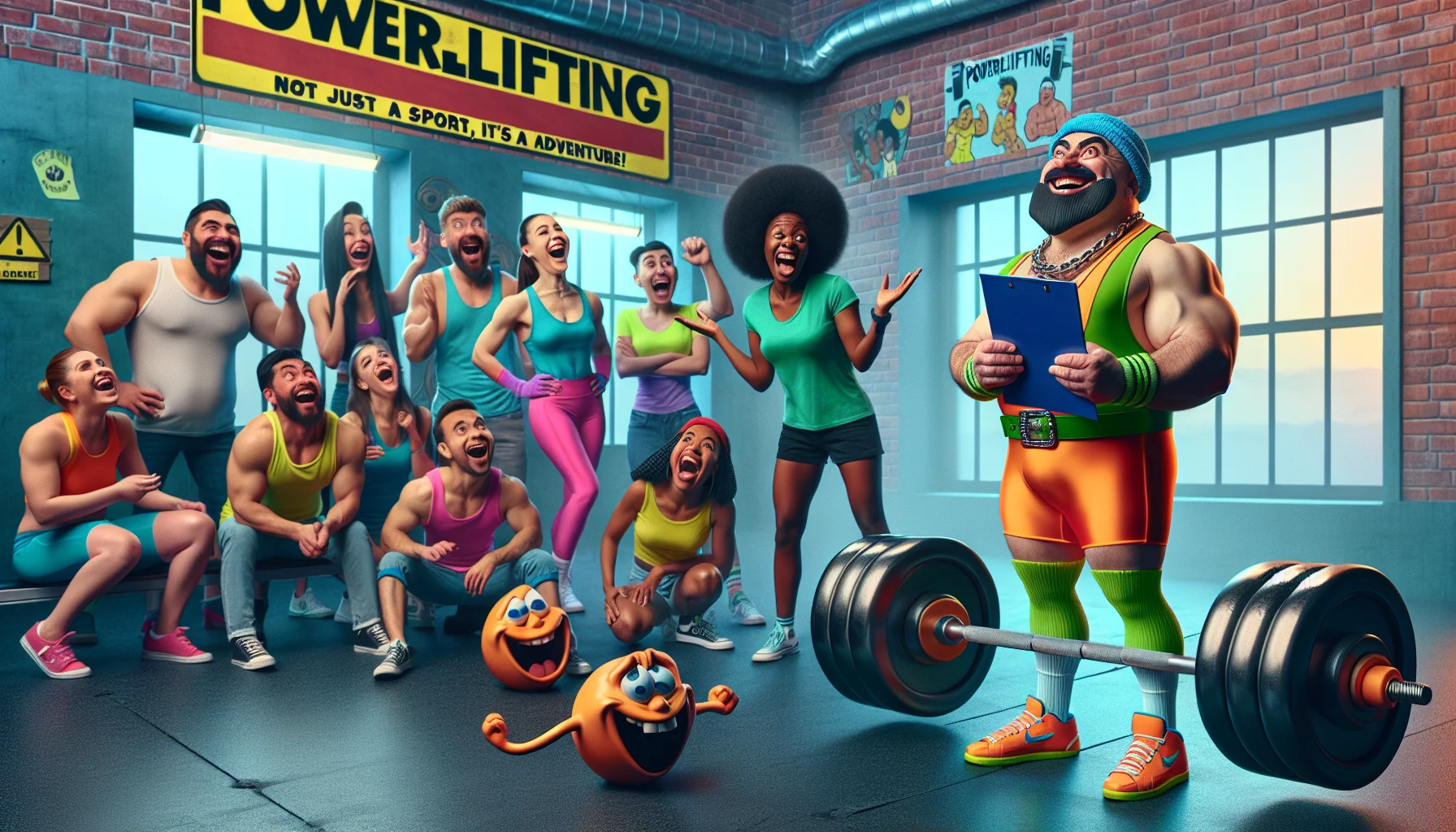Is powerlifting a sport Quiz
Test Your Knowledge
Question of
Is Powerlifting a Sport?
Powerlifting, often characterized by its three main lifts: the squat, bench press, and deadlift, has been a subject of much debate regarding its classification as a sport. Common perceptions of powerlifting range from admiration of its demonstration of sheer strength and discipline to skepticism about its accessibility and spectator appeal. Critics often question whether powerlifting meets the criteria of a sport due to its individualistic nature and the lack of dynamic movement seen in traditional sports. Conversely, supporters argue that powerlifting embodies the core aspects of competitive sports, including rigorous training, strategic planning, and an international governing body that standardizes rules and hosts competitions. This debate touches upon broader questions about what constitutes a sport and the value society places on different types of physical prowess.
The History of Powerlifting
Powerlifting, a strength sport consisting of three attempts at maximal weight on three lifts: squat, bench press, and deadlift, has roots that trace back to ancient Greek and Roman times where strength and power were widely celebrated. However, the modern sport of powerlifting only began to take shape in the mid-20th century. Initially, it was not distinctly separated from Olympic weightlifting or bodybuilding, with athletes often participating in all three disciplines. The first formal competitions specifically focusing on the lifts that define powerlifting today were held in the 1950s and 1960s. During the 1970s, powerlifting saw significant growth as a sport, with the establishment of the International Powerlifting Federation (IPF) in 1971, marking a pivotal moment for its global recognition. This period also saw the standardization of rules and weight classes, which helped in organizing competitions on a larger scale and attracted more participants. The introduction of drug testing in the late 1980s was another key milestone, aiming to ensure fair competition and the health of the athletes. Over the years, powerlifting has continued to evolve, with the inclusion of various divisions, categories, and equipment classes that cater to a wide range of athletes. Today, powerlifting is a global sport with a dedicated following, celebrated for its test of pure strength and the community it has built among lifters worldwide.
The Components of Powerlifting
- Squat: This lift involves the lifter placing a weighted barbell on their shoulders, then lowering themselves into a squatting position before standing back up. It primarily targets the lower body muscles.
- Bench Press: Performed by lying on a bench and pressing a barbell upwards from the chest until the arms are straight, targeting the chest, shoulders, and triceps.
- Deadlift: In this lift, the athlete lifts the barbell off the ground to hip level, then lowers it back down, engaging the back, legs, and core.
Powerlifting vs. Bodybuilding
| Aspect | Powerlifting | Bodybuilding |
|---|---|---|
| Objectives | Maximize strength in squat, bench press, and deadlift. | Build aesthetically pleasing and symmetrical muscle mass. |
| Training Styles | Focus on low reps with heavy weights to increase strength. | Combination of high-volume, high-rep workouts to stimulate muscle growth. |
| Competitions | Competitors are judged based on the total weight lifted in the three main lifts. | Competitors are judged on muscle size, symmetry, and definition. |
| Athlete Focus | Performance and strength. | Aesthetic appearance and physique. |
The Benefits of Powerlifting
Powerlifting, a form of competitive weightlifting, offers a wide range of benefits that extend far beyond the apparent physical gains. Physically, it is instrumental in building muscle strength and endurance, improving bone density, and enhancing overall body composition. This sport encourages participants to push their limits, leading to significant improvements in physical health and capabilities. Mentally, powerlifting challenges individuals to focus, discipline themselves, and develop a growth mindset. The dedication required to train and improve in powerlifting can foster a strong sense of self-discipline and mental toughness, qualities that are beneficial in all areas of life. Emotionally, powerlifting can be incredibly rewarding. Setting and achieving goals, overcoming plateaus, and constantly improving can boost self-esteem and confidence. The supportive community aspect of powerlifting also provides a sense of belonging and camaraderie, contributing to better emotional well-being. Overall, powerlifting is a holistic activity that promotes physical, mental, and emotional health.
Getting Started with Powerlifting
- Research and find a knowledgeable coach who can guide you through the basics and help you form a solid foundation.
- Join a gym that has a good selection of free weights and powerlifting equipment. Look for a community that supports strength sports.
- Start with the basics and focus on learning the proper form for the three main lifts: squat, bench press, and deadlift.
- Don't rush the process. Gradually increase the weight you lift to avoid injury and ensure steady progress.
- Consider your nutrition and recovery as important as your training. A well-balanced diet and adequate rest are crucial for strength gains.
- Set realistic goals and track your progress. Celebrate your achievements, no matter how small they may seem.
- When you feel ready, look into local competitions. Participating can be a great way to meet other lifters and test your skills in a supportive environment.
- Stay patient and persistent. Progress in powerlifting can be slow, but consistency is key to long-term success.












